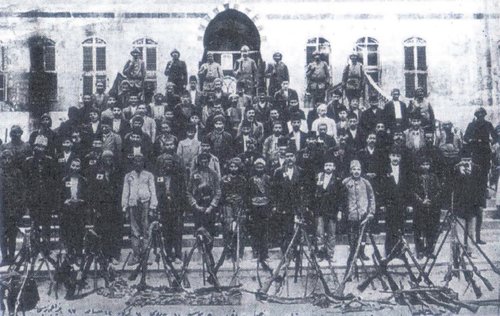
April 24th, 1915 has been chosen by Armenians as a special memorial day. This day is commemorated as a so-called genocide day in many countries with the influence of Armenian diaspora, and presidents of some states publish special messages for this day. Furthermore, April 24th has been highlighted in some states of Europe and America with the decisions taken by their parilaments related to the 1915 events. It is essential to look further to find out what happened on April 24, 1915 in order to maintain the connection between historical events and reality.
First of all, it is necessary to mention the background of April 24 for better understanding. Armenians living in the Ottoman Empire became an element since the beginning of the 1800's that many states, especially Tsarist Russia wanted to use for their benefit. After the Ottoman-Russian War, a false Armenian problem arose in the Ottoman Empire as a result of increasing influence of the Tsarist Russia in Eastern Anatolia where Armenians lived mostly, and the extremist nationalist Armenians being instigated against Ottoman Empire by the Russians.[1] Reforms were wanted in the region where Armenians lived and separatist Armenians were being armed with this pretext.[2] Armenian-based organizations (Hunchaks and Dashnaks) began to cause serious security problems in the Ottoman Empire. A few of them were the Sason Rebellion in 1894, the raid on the Ottoman Bank in 1896, the assassination attempt to I. Abdülhamit in 1905.[3]
Shortly after World War I. started, the Armenian committees held meetings with the aim of determining a common attitude against the Ottoman Empire if they entered the war against Russia.[4] The United National Armenian Congress that consisted of the Hunchaks, Dashnaks and Ramgavar representatives concluded that the Armenians should be faithful to the Ottoman Empire and not be influenced by external influences.[5] However, in response to the declaration of mobilization on August 3rd 1914 after the Ottoman Empire entered World War I, some Armenian organizations preferred not to join Ottoman forces in contrary with that decision. [6] Moreover, on August 30th 1914 Armenians that lived in Zeytun refused to fight under the Ottoman flag and rebelled.[7]
In fact, there were two perspectives among these Armenian committees. The first was based on the thought that the Russians would defeat the Ottoman Empire in a possible Turkish-Russian war. For this reason, important locations were to be taken under control by forming voluntary units in the Caucasus as the Russians entered into Anatolia.[8]
The second assumption was built on the estimation that Russia could not advance so fast in Anatolia. Therefore, Armenian forces were to be deployed on the Caucasus border secretly, and to take action when favorable circumstances occurred. The followers of this idea also wanted to provide voluntary support to the Russians.[9] The common purpose behind both of these perspectives was gaining autonomy or independence from Ottoman Empire through the post-war treaties by providing support to the Russians during the war. It can be observed from the very beginning of the war that the second perspective was generally accepted. Accordingly, those organizations spied against the Ottoman Empire on political and military areas and speeded up their armament.[10]
The Ottoman Empire made some warnings to appease the Armenians from the beginning of war.[11] The minister of internal affairs Talat Paşa contacted his Armenian representative Vartkes Efendi, and Enver Paşa contacted the Armenian patriarch. They delivered the message that the Ottoman Empire would take serious precautions against those kinds of actions.[12] Despite the warnings, the 3rd Army Commandership reported that armed Armenian organizations were helping Russians in their advance into the Caucasus. [13]
On February 27, 1915 Ottoman Supreme Military Command sent an order to military units that
“Guns, bombs and encrypted messages caught on Armenians are considered as evidence for preparations to uprising, therefore not to use the Armenian soldiers in the armed services and taking necessary measures”
The order further states that the Armenians who were loyal to the Ottoman Empire should be excluded from this treatment.[14] Despite these measures, Armenian gangs, taking advantage of the Ottoman engagement in the Gallipoli front, rebelled in Van on April 15th, 1915. Villages were raided and massacres were made against the Turkish. On the other hand, the Russians were marching toward Van. On April 20th, the Armenian rebels burned down the Ottoman Bank in Van, the Public Debt Administration building, the local post office and carried out attacks in the Muslim quarters of the city.[15] In face of the growing rebellion and the approaching Russian forces, the Governor of Van Cevdet Bey ordered the Turks to evacuate the city[16]. Thus, Van was occupied by the Armenians that were controlled by the Russian forces.
In order to contain the crisis the Ottoman administration issued a circular on April 24th. It ordered the closure of Armenian committees such as the Dashnaks and Hunchaks, seizing their documents as well as arresting the known ringleaders and those who were engaged in harmful activities and to gather those that were considered in danger were they lived to a more secure location.[17] Upon this order, some Armenians belonging to these committees were arrested. There are varying figures regarding the number of those arrested. According to the information received by the British Military Command in Egypt, 1800 Armenians were arrested. According to the French Foreign Ministry, the number of arrested Armenians was around 2500. Turkish sources mentioned that 235 people were arrested in Istanbul and were sent to Ankara and Çankırı.[18] In addition, 321 others were arrested in provinces outside Istanbul, making the total number of those arrested 556.[19] However, the sources mentioned above all agree that those arrested were not ordinary Armenians but those who joined the committee actions. The Ottoman documents indicate that a significant number of those arrested were subsequently released and some of them were deported while some of those that were guilty of gross misconduct were detained until the end of the war.[20]
The directives of 24 April are totally separate from the dispatch and resettlement order which was taken on May 27th, 1915. The Ottoman administration took the April 24th decision in order to prevent events that had occurred in Anatolia. Despite repeated warnings made prior to this decision, the espionage and the armed activities of the Armenian committees against the Ottoman Empire didn’t cease. The Ottoman Empire, struggling to survive in a World War, implemented the mentioned decision in order to protect its citizens from further attacks, and to prevent activities against itself. The decision only targeting the Armenian Committee members and not the civilian Armenian population of Istanbul demonstrates that the decision of April 24th cannot form the basis for an alleged genocide.
[1] Hut D., “1877-1878 Osmanlı-Rus (Doksanüç) Harbinde Ermeniler,” Marmara Üniversitesi Türkler ve Ermeniler, http://turksandarmenians.marmara.edu.tr/tr/1877-1878-osmanli-rus-doksanuc-harbinde-ermeniler/
[2] Sarınay Y., “24 Nisan 1915’te Ne Oldu?,” Yeni Türkiye, 2014.
[3] Özgüldür, Y., Güler, A., Akgül, S., & Köroğlu, M., Her Yönüyle Ermeni Sorunu, (Ankara: Kara Harp Okulu Basımevi, 2011).
[4] Sarınay Y., 24 Nisan 1915Te Ne Oldu?, (İstanbul: İdeal Yayıncılık, 2012) 161.
[5] Ibid.
[6] http://www.eraren.org/index.php?Lisan=tr&Page=DergiIcerik&IcerikNo=302
[7] Ibid.
[8] Sarınay Y., 24 Nisan 1915Te Ne Oldu?, (İstanbul: İdeal Yayıncılık, 2012) 162.
[9] Ibid.
[10]Ibid. syf 163.
[11] Ibid. syf 184.
[12] İbid. syf. 184.
[13] Kantarcı, http://www.eraren.org/index.php?Lisan=tr&Page=DergiIcerik&IcerikNo=302
[14] Sarınay Y. 24 Nisan 1915Te Ne Oldu?, (İstanbul: İdeal Yayıncılık, 2012) 162.
[15] Özgüldür, Y., Güler, A., Akgül, S., & Köroğlu, M. Her Yönüyle Ermeni Sorunu. (Ankara: Kara Harp Okulu Basımevi, 2011).
[16] Kantarcı, http://www.eraren.org/index.php?Lisan=tr&Page=DergiIcerik&IcerikNo=302
[17] Sarınay Y. 24 Nisan 1915Te Ne Oldu?, (İstanbul: İdeal Yayıncılık, 2012) 186.
[18] Sarınay Y. 24 Nisan 1915Te Ne Oldu?, (İstanbul: İdeal Yayıncılık, 2012) 9.
[19] Sarınay Y. 24 Nisan 1915Te Ne Oldu?, (İstanbul: İdeal Yayıncılık, 2012) 188.
[20] Ibid.
© 2009-2025 Center for Eurasian Studies (AVİM) All Rights Reserved
No comments yet.
-
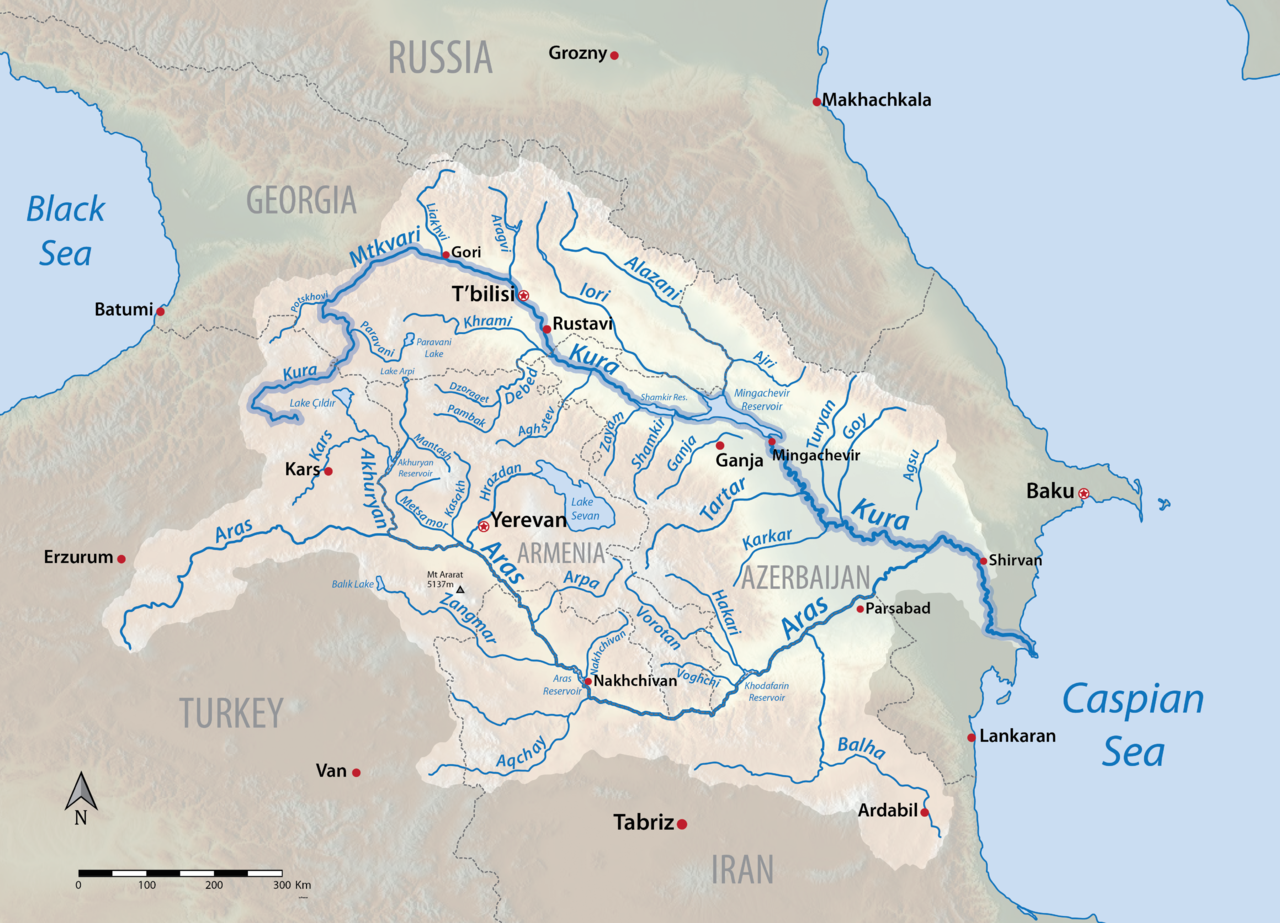 HYDROPOLITICS, TRANSBOUNDARY RIVERS, AND THE SOUTH CAUCASUS
HYDROPOLITICS, TRANSBOUNDARY RIVERS, AND THE SOUTH CAUCASUS
Tutku DİLAVER 11.04.2022 -
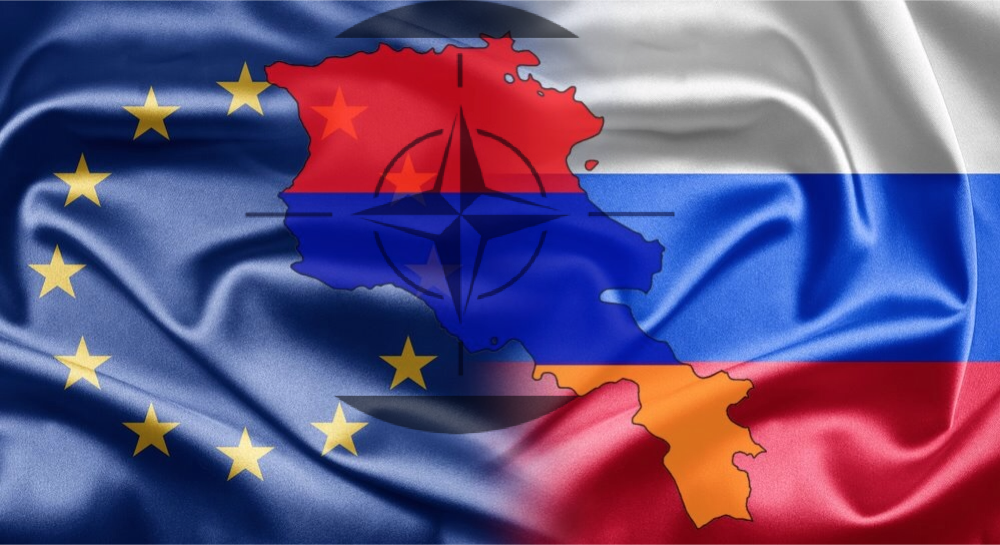 ARMENIA’S SEARCH FOR REAL-POLITIK BETWEEN RUSSIA AND THE WEST
ARMENIA’S SEARCH FOR REAL-POLITIK BETWEEN RUSSIA AND THE WEST
Tutku DİLAVER 16.08.2018 -
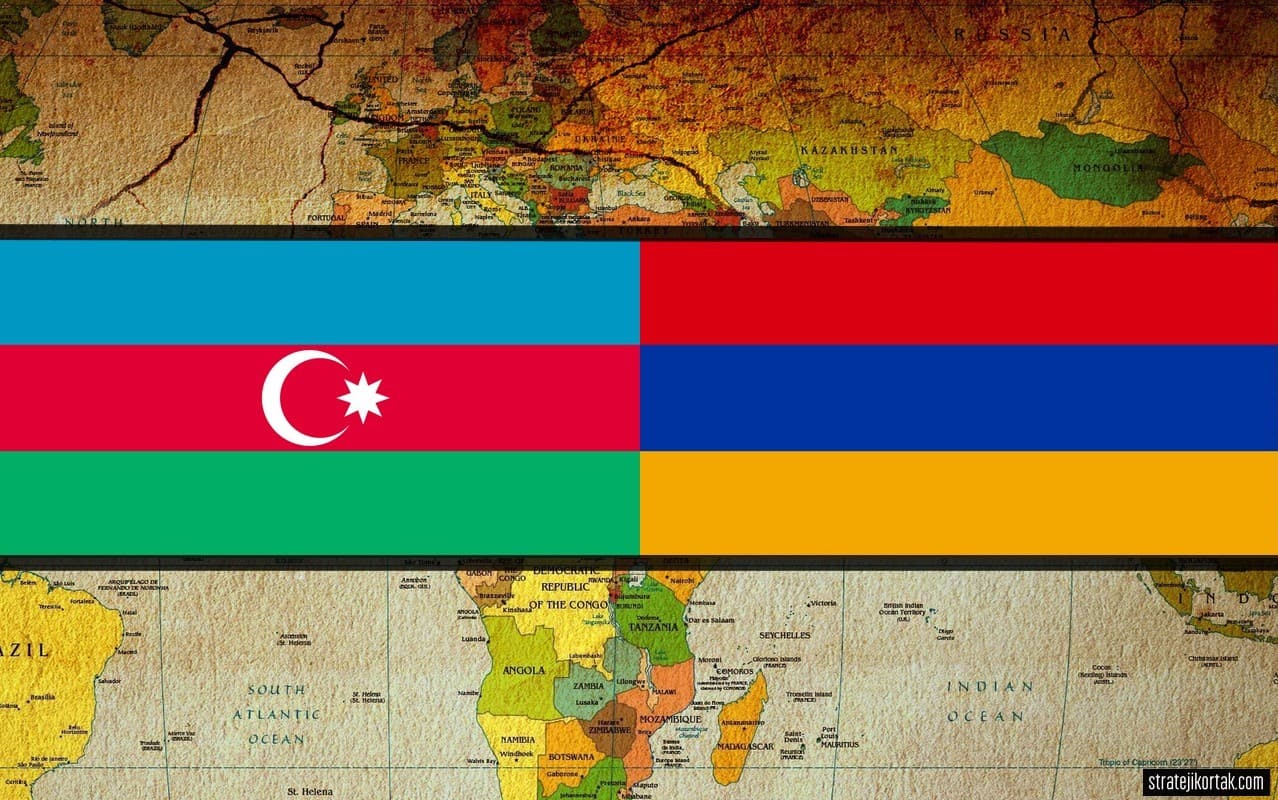 AZERBAIJAN-ARMENIA ARMED CONFLICT'S REFLECTIONS BEYOND THE REGION
AZERBAIJAN-ARMENIA ARMED CONFLICT'S REFLECTIONS BEYOND THE REGION
Tutku DİLAVER 30.07.2020 -
 THE FOREIGN POLICY SHIFT IN ARMENIA, BORDER DISPUTES AND THE WESTERN POWERS’ RETURN TO THE REGION
THE FOREIGN POLICY SHIFT IN ARMENIA, BORDER DISPUTES AND THE WESTERN POWERS’ RETURN TO THE REGION
Tutku DİLAVER 04.11.2022 -
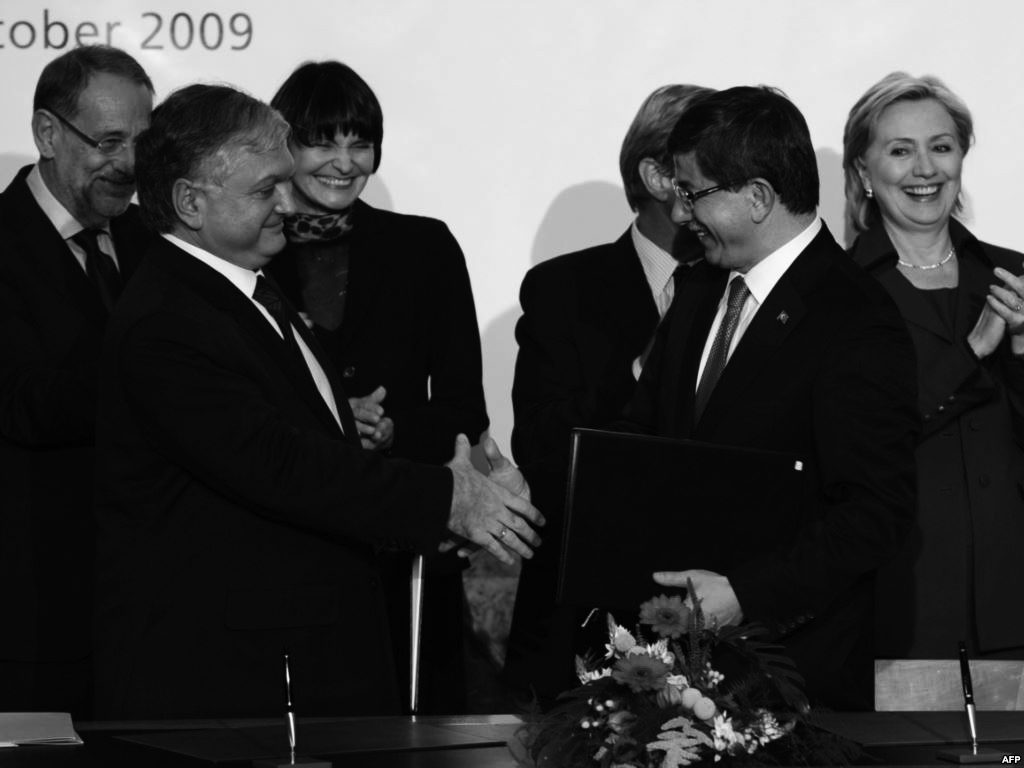 FROM THE DRAWERS OF ANKARA TO THE DUSTY SHELVES OF ARMENIA: ZURICH PROTOCOLS
FROM THE DRAWERS OF ANKARA TO THE DUSTY SHELVES OF ARMENIA: ZURICH PROTOCOLS
Tutku DİLAVER 16.03.2018
-
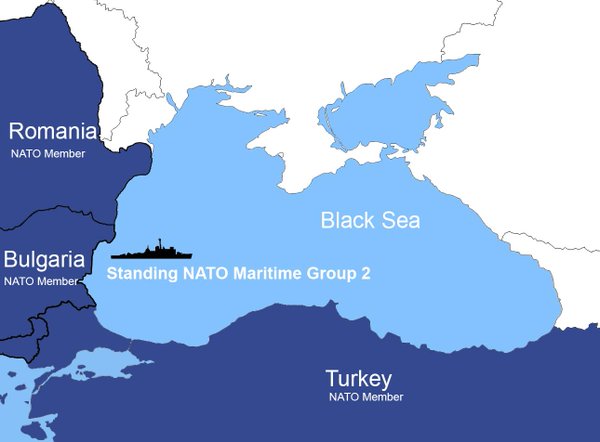 BLACK SEA, A POTENTIAL FRICTION VENUE BETWEEN RUSSIA AND THE WEST: TURKEY HOLDS THE KEY TO THE REGION
BLACK SEA, A POTENTIAL FRICTION VENUE BETWEEN RUSSIA AND THE WEST: TURKEY HOLDS THE KEY TO THE REGION
Teoman Ertuğrul TULUN 13.03.2017 -
 MAPPING THE CENTRAL ASIA-BLACK SEA AXIS: STRATEGIC IMPERATIVES AMIDST NEW GEOPOLITICAL AND ECONOMIC REALITIES
MAPPING THE CENTRAL ASIA-BLACK SEA AXIS: STRATEGIC IMPERATIVES AMIDST NEW GEOPOLITICAL AND ECONOMIC REALITIES
Teoman Ertuğrul TULUN 08.05.2025 -
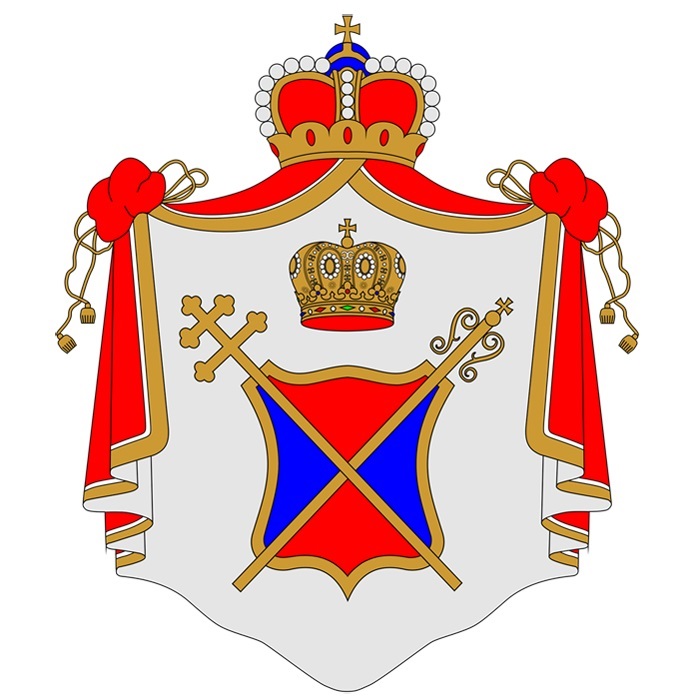 THE ORTHODOX CHURCH : ECCLESIASTICAL BATTLE OF MONTENEGRINS WITH THE SERBIAN ORTHODOX CHURCH
THE ORTHODOX CHURCH : ECCLESIASTICAL BATTLE OF MONTENEGRINS WITH THE SERBIAN ORTHODOX CHURCH
Teoman Ertuğrul TULUN 01.09.2022 -
 AZERBAIJAN-ARMENIA ARMED CONFLICT'S REFLECTIONS BEYOND THE REGION
AZERBAIJAN-ARMENIA ARMED CONFLICT'S REFLECTIONS BEYOND THE REGION
Tutku DİLAVER 30.07.2020 -
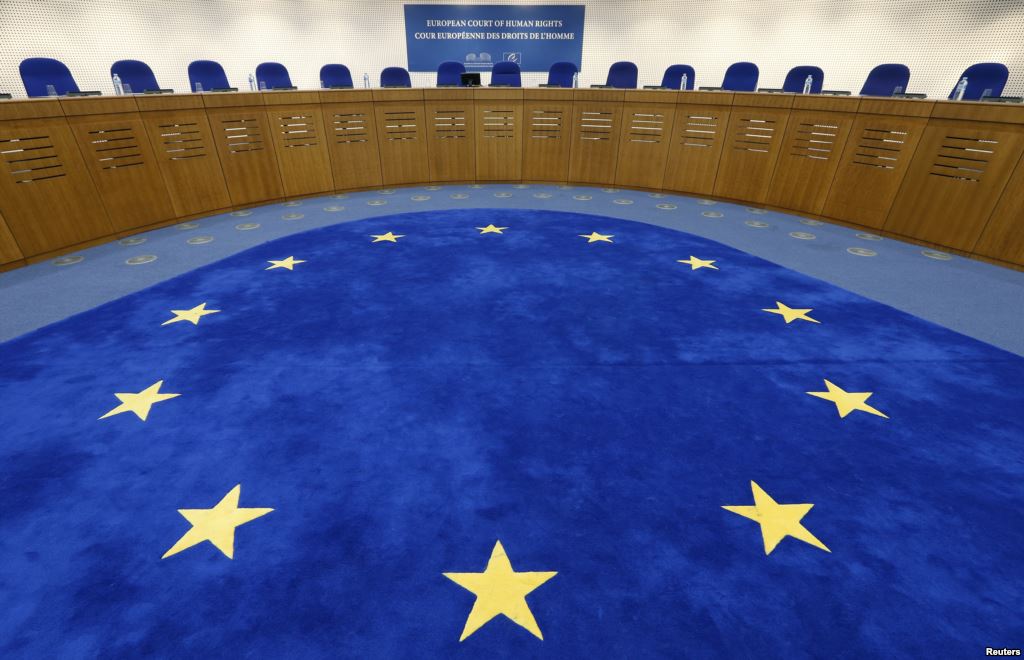 ECHR’S DOĞU PERINÇEK - SWITZERLAND DECISION (OFFICIAL FRENCH, UNOFFICIAL TURKISH)
ECHR’S DOĞU PERINÇEK - SWITZERLAND DECISION (OFFICIAL FRENCH, UNOFFICIAL TURKISH)
Hazel ÇAĞAN ELBİR 24.02.2014
-
25.01.2016
THE ARMENIAN QUESTION - BASIC KNOWLEDGE AND DOCUMENTATION -
12.06.2024
THE TRUTH WILL OUT -
27.03.2023
RADİKAL ERMENİ UNSURLARCA GERÇEKLEŞTİRİLEN MEZALİMLER VE VANDALİZM -
17.03.2023
PATRIOTISM PERVERTED -
23.02.2023
MEN ARE LIKE THAT -
03.02.2023
BAKÜ-TİFLİS-CEYHAN BORU HATTININ YAŞANAN TARİHİ -
16.12.2022
INTERNATIONAL SCHOLARS ON THE EVENTS OF 1915 -
07.12.2022
FAKE PHOTOS AND THE ARMENIAN PROPAGANDA -
07.12.2022
ERMENİ PROPAGANDASI VE SAHTE RESİMLER -
01.01.2022
A Letter From Japan - Strategically Mum: The Silence of the Armenians -
01.01.2022
Japonya'dan Bir Mektup - Stratejik Suskunluk: Ermenilerin Sessizliği -
03.06.2020
Anastas Mikoyan: Confessions of an Armenian Bolshevik -
08.04.2020
Sovyet Sonrası Ukrayna’da Devlet, Toplum ve Siyaset - Değişen Dinamikler, Dönüşen Kimlikler -
12.06.2018
Ermeni Sorunuyla İlgili İngiliz Belgeleri (1912-1923) - British Documents on Armenian Question (1912-1923) -
02.12.2016
Turkish-Russian Academics: A Historical Study on the Caucasus -
01.07.2016
Gürcistan'daki Müslüman Topluluklar: Azınlık Hakları, Kimlik, Siyaset -
10.03.2016
Armenian Diaspora: Diaspora, State and the Imagination of the Republic of Armenia -
24.01.2016
ERMENİ SORUNU - TEMEL BİLGİ VE BELGELER (2. BASKI)
-
AVİM Conference Hall 24.01.2023
CONFERENCE TITLED “HUNGARY’S PERSPECTIVES ON THE TURKIC WORLD"









